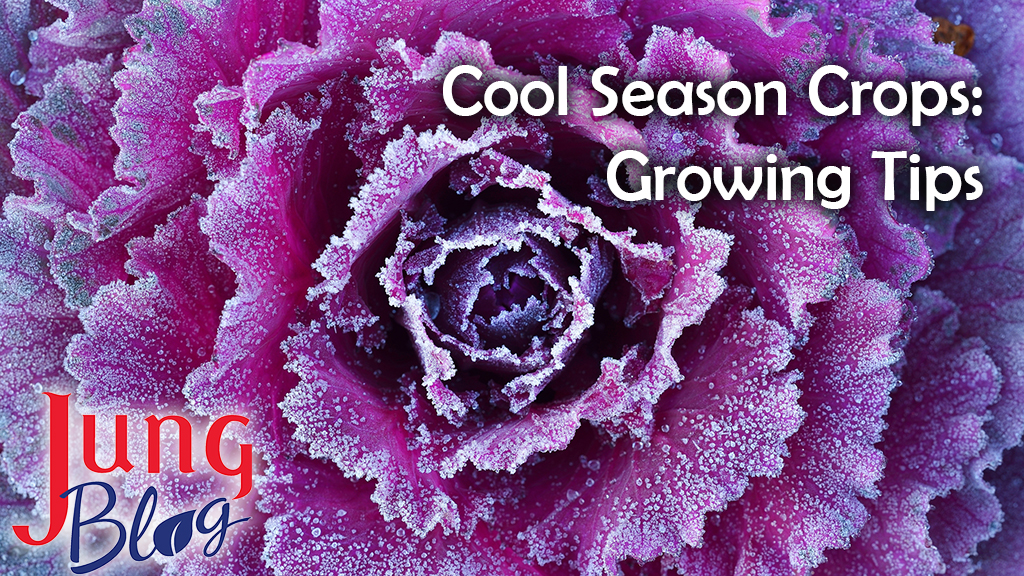
Plucking a bright red, plump, and juicy tomato off the vine with the warm summer sun beating down on the back of your neck is the type of pleasant act most folks associate with gardening. There is no question that warm weather crops like sweet corn, tomatoes, peppers, and watermelon are some of our favorite and most recognizable types of produce that we love to harvest out of our gardens. However, the other half or more of the veggies we love to grow are known as cool-season crops.
What Are Cool Seasons Crops
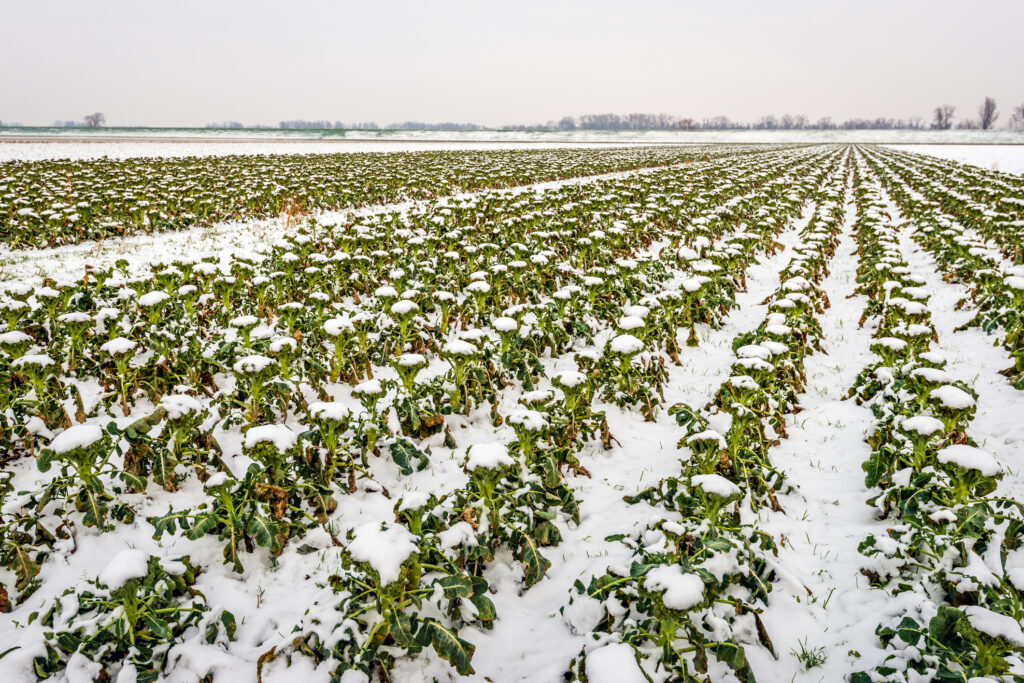
Cool-season crops prefer to grow in temperatures less than 70°F. What? Yes, so many of the veggies we love to cook with and consume should be harvested out of the garden when many other warm-season crops are just getting going in the garden. The best thing about these cool-season crops is if you prepare, plan and plant at the correct time, you can produce two crops per year by planting in spring and again for the fall.
Popular Cool Season Vegetables
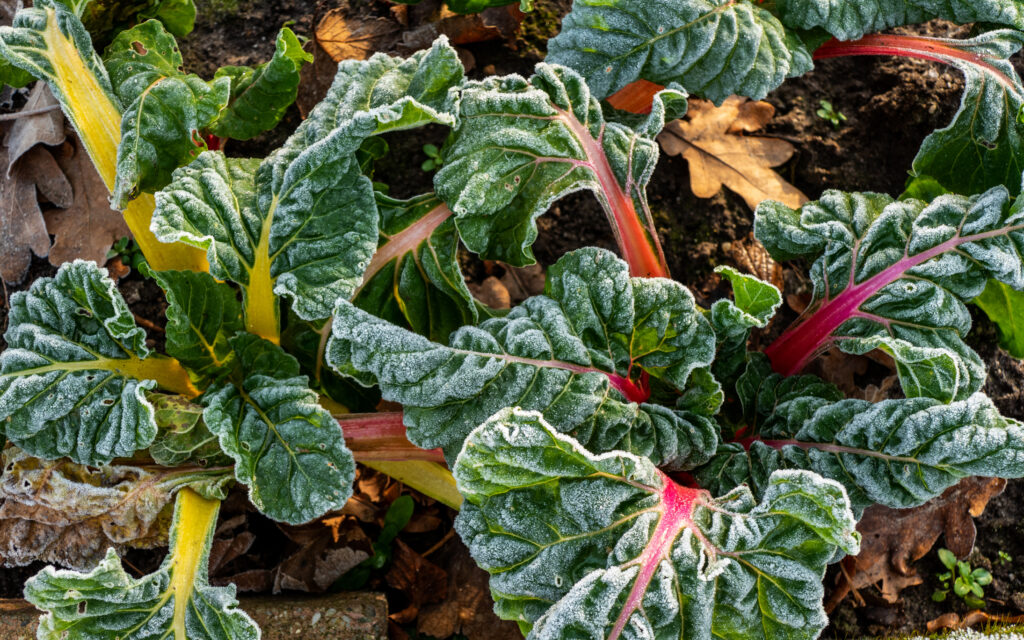
Preparing For Planting

Preparing your planting projects is always important, but timing your seed purchasing, thorough garden cleanup, soil enhancement, and crop rotations are all critical preparations needed to pull off a successful multi-crop gardening system. Remember, gardening is meant to be fun and relaxing, not a chore. Do not bite off more than you can maintain. Start small and build up from there as things work well and fall into place. Cool-season planting means you will be outdoors in early spring, often during inclement weather. Be prepared to work quickly but efficiently.
Planning Your Garden

Once you have cleaned the garden fully and added ample amounts of aged manure or gobs of leaf compost all nicely blended in, then concentrate on starting seeds. Cool-season crops can be started indoors, or seeds can be directly sowed. Plan ahead. Most veggies will be started indoors about 4 weeks prior to when you will plant them out, with an additional 5-6 days for hardening off. Again, the temperature range for cool-season crops to perform well is between 40° and 70°F. Most cool-season veggie varieties can handle light frosts but do plan to have some floating row covers to slip over young plants if hard frosts threaten.
Planting Cool Season Crops
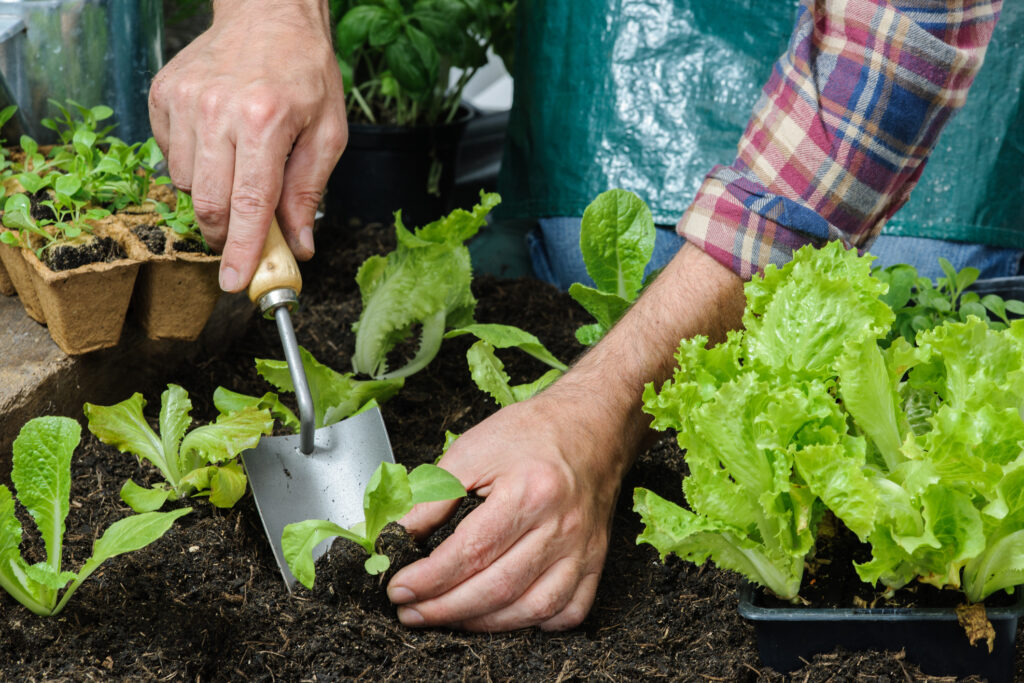
Root-type and leafy cool-season crops like beets, radish, turnips, lettuce, and spinach are best direct sowed into the garden. Note: I leave carrots out of this group. Although carrots have the ability to germinate at colder temperatures, they are painfully slow to do so, which I find more stressful than helpful. I wait for warmer weather to direct sow my carrot seeds. They and I are much happier that way.
These other root crops mentioned, beets, radish, and turnips must be thinned well after they form their second set of true leaves. If they are not adequately spaced, what happens? You get all leaves and no roots! You can still use the greens for culinary purposes, but that is not the main point with root crops. All leaves with no root can also happen if these are sowed too late and temperatures get too warm. Other cool-season crops like broccoli, cauliflower, cabbage, kale, kohlrabi, chard, Brussels sprouts, and even peas can be started indoors in Jiffy-7s, which are simple to use peat-based starter wafers that quickly absorb water to fully “inflate” in order to plant seeds into them. Top Tip: Before transplanting into the garden, with a utility knife, I carefully score (make an “X”) in the bottom of the mesh that holds the Jiffy together. This assures that all the roots will eventually grow freely out of that mesh bag.
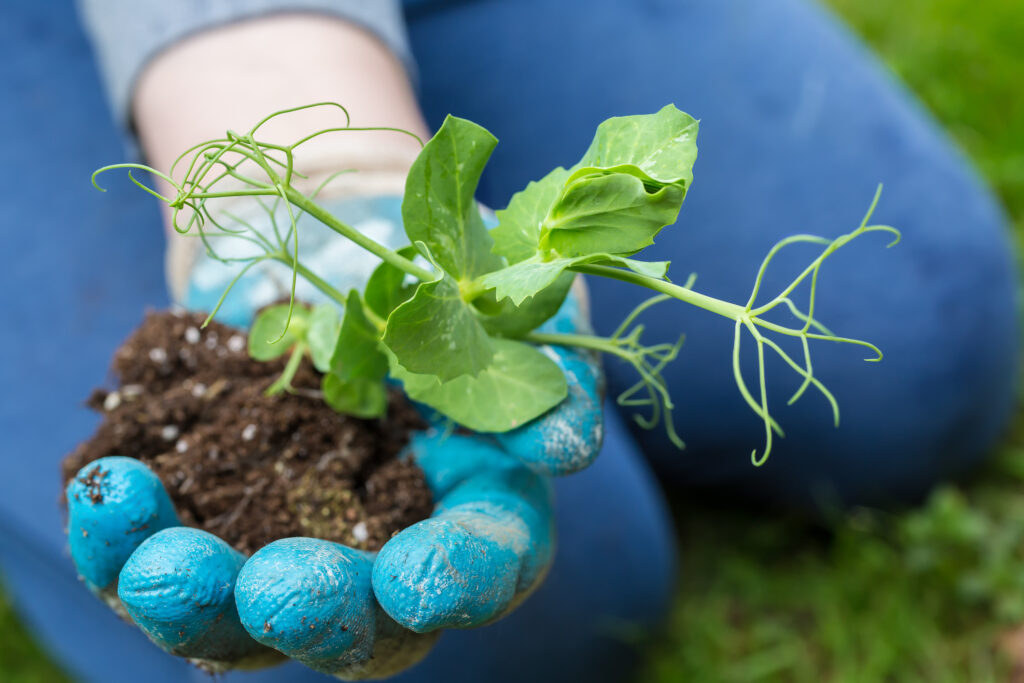
Cool-weather can arrive sooner than we wish in the northeast and Midwest, but that means that all of these cool-season crops can be grown twice! In early spring and a repeat planting can be made starting in late summer for a fall harvest. Check your local weather stats for first average frost dates and count backward to know when to start more seeds indoors to plant out for your fall crops. In USDA zone 5, planting is typically started from Mid-August to September. Prepare, plan and re-plant.
Jung Seed Company has over 800 seed varieties available! View our color catalog online or browse our website for all of your gardening favorites. To receive info on new products, exclusive deals, and specials, be sure to sign up for our weekly email.
